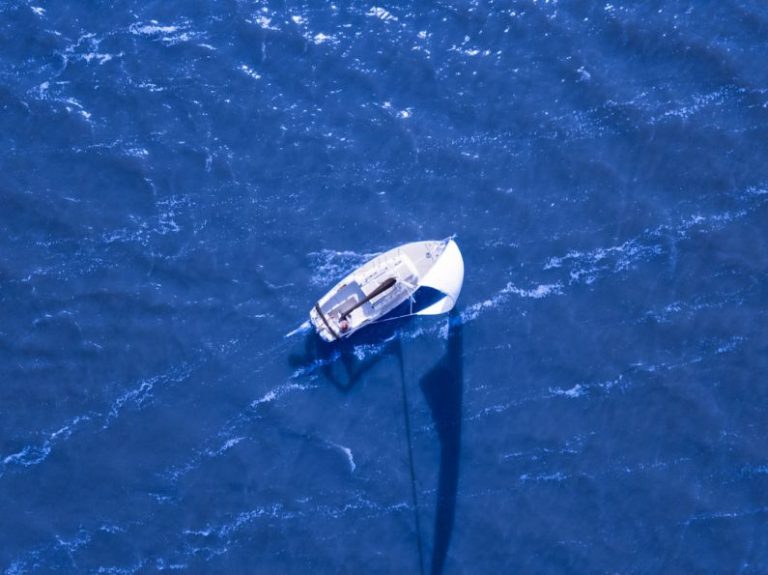Understanding Ship Design and Hydrodynamics
The world of ship design and hydrodynamics is a fascinating realm that combines engineering, physics, and naval architecture. Understanding how ships are designed and how they move through water is crucial for anyone interested in maritime industries or naval technology. In this article, we will delve into the key principles of ship design and hydrodynamics to provide a comprehensive overview of this complex but essential field.
**The Basics of Ship Design**
Ship design is a meticulous process that involves the integration of various disciplines to create a vessel that is efficient, safe, and seaworthy. Naval architects are tasked with designing ships that can navigate through different water conditions while carrying out specific functions, whether that be transporting cargo, passengers, or engaging in military operations.
The shape of a ship plays a critical role in its performance at sea. The hull design, in particular, is crucial for determining how a ship moves through the water. The hull shape affects the ship’s stability, speed, maneuverability, and fuel efficiency. Different types of ships, such as cargo vessels, cruise ships, and warships, have hulls designed to optimize their specific operational requirements.
**Hydrodynamics and Ship Performance**
Hydrodynamics is the study of how fluids, such as water, interact with solid objects. In the case of ships, hydrodynamics plays a vital role in determining the vessel’s performance in the water. Understanding hydrodynamics is essential for designing ships that can move efficiently and safely through varying sea conditions.
One key concept in hydrodynamics is resistance, which refers to the force that opposes a ship’s movement through the water. Resistance can be divided into two main categories: wave-making resistance and frictional resistance. Wave-making resistance is caused by the creation of waves as the ship moves through the water, while frictional resistance is the resistance created by the ship’s hull as it comes into contact with the water.
Reducing resistance is a primary goal in ship design, as lower resistance means higher speeds and improved fuel efficiency. Naval architects use various techniques, such as streamlining the hull shape, reducing the surface roughness of the hull, and optimizing the propulsion system, to minimize resistance and enhance a ship’s performance.
**Stability and Maneuverability**
Stability and maneuverability are essential factors in ship design, as they influence a vessel’s safety and ability to navigate through challenging conditions. Stability refers to a ship’s ability to maintain an upright position and resist capsizing, especially in rough seas or during sharp turns. Maneuverability, on the other hand, relates to how easily a ship can change direction and navigate through water.
Several factors contribute to a ship’s stability, including the hull shape, weight distribution, and the placement of the center of gravity. Naval architects carefully calculate these factors to ensure that a ship remains stable under various operating conditions. Maneuverability is influenced by factors such as the ship’s propulsion system, rudder design, and hull shape, all of which play a role in how effectively a ship can change course or navigate through tight spaces.
**The Future of Ship Design**
The field of ship design and hydrodynamics is constantly evolving as new technologies and materials become available. The future of ship design holds exciting possibilities, with advancements in areas such as hull materials, propulsion systems, and autonomous navigation systems reshaping the maritime industry.
Innovations such as lightweight composite materials, fuel-efficient propulsion systems, and advanced computer simulations are revolutionizing the way ships are designed and operated. These advancements not only improve a ship’s performance and efficiency but also contribute to reducing the environmental impact of maritime activities.
**In Summary**
Understanding ship design and hydrodynamics is key to appreciating the complexities and challenges of creating vessels that can navigate the world’s oceans safely and efficiently. By integrating principles of engineering, physics, and naval architecture, naval architects continue to push the boundaries of what is possible in ship design, leading to safer, more sustainable, and technologically advanced vessels that shape the future of maritime transportation.






